Why Your Roku Remote Drains Batteries Fast and How to Stop It
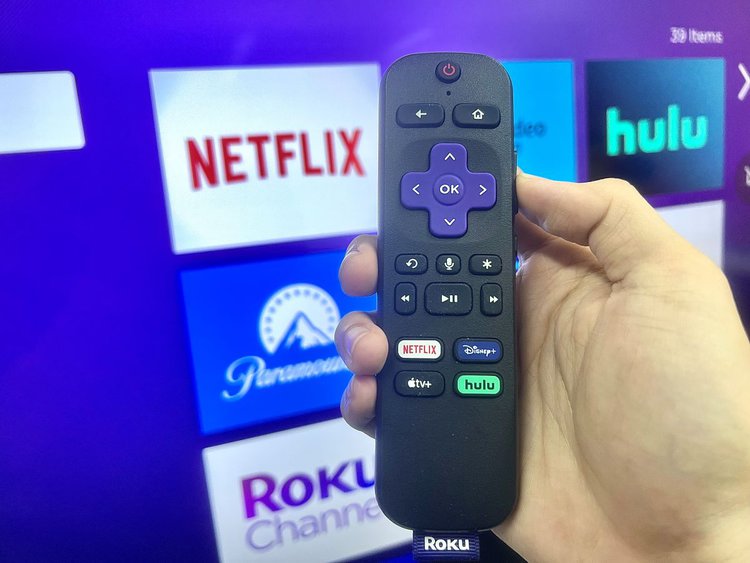
What To Know
- Roku remotes typically use AA or AAA batteries; however, models like the Roku Voice Remote Pro feature rechargeable capabilities, offering an alternative to frequent battery replacements.
- To combat battery drain, re-pair your remote (Long-press the pairing button on the back of the remote), perform a power drain, use the Roku Mobile app, or execute a factory reset (Settings > System > Advanced System Settings > Factory Reset).
- Additional solutions for battery drainage include updating your TV’s firmware, cleaning stuck buttons, and using less congested Wi-Fi channels (preferably 1, 6, or 11 in the 2.4 GHz band or 50-64 and 100-144 in the 5 GHz band).
Battling frequent battery drain in your Roku remote or unsure which batteries to use?
In this article, we’ll help you identify the right battery size or address rapid power depletion.
Quick Navigation
What Kind of Batteries Does Your Roku Remote Use?
Your Roku remote typically utilizes either AA or AAA size batteries.
You can find the specific battery requirement for your Roku remote indicated inside the battery compartment. Take a look at the image below for reference.
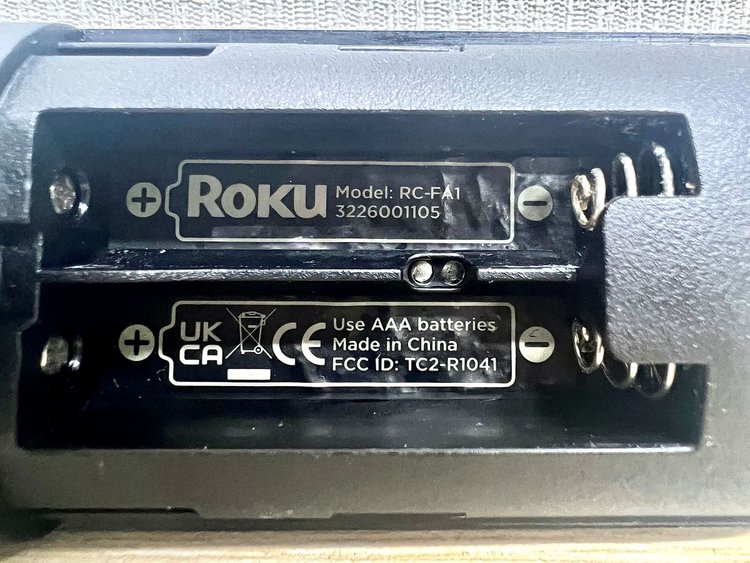
If you encounter any issues with your Roku remote, the first step is to replace the existing batteries with fresh ones.
I recommend replacing both old or damaged batteries with new ones from the same manufacturer if possible.
Do All Roku Remotes Use Batteries?
No, while AA or AAA batteries are the standard power source for most Roku remotes, there are also Roku remotes featuring rechargeable capabilities.
An example of such a remote is the Roku Voice Remote Pro .
This advanced remote can be easily recharged and remains compatible with a wide range of Roku devices, including:
- All Roku TV models
- Roku Express
- Roku Express+
- Roku Express 4k
- Roku Express 4k+
- Roku Streaming Stick
- Roku Streaming Stick+
- Roku Premiere
- Roku Premiere+
- Roku Ultra
- Roku Ultra LT
- Roku SE
- Roku Smart Soundbar
- Roku Streambar
- Roku Streambar Pro
Why Does My Roku Remote Eat a Lot of Batteries?
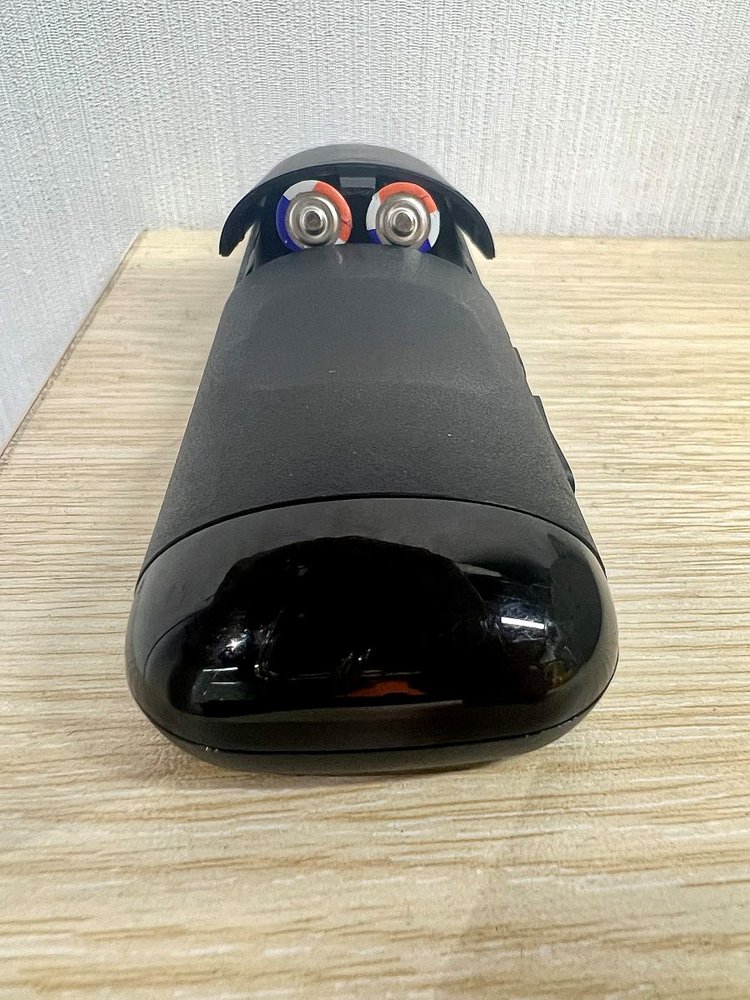
So now the big question is, why does my Roku go through so many batteries?
Roku states that the batteries are drained quickly if your control is not correctly paired to your TV.
However, many users continue to experience draining issues with their controls even after a few firmware updates. Therefore today, we thought we would cover as many solutions as possible.
So let’s try them all and see what works best for you.
7 Solutions to Your Roku Battery Drain Issue
With so many users experiencing the same issue, you would think the problem would be the same with all controls. However, the fascinating thing about the battery draining issue is that it stems from many different scenarios.
Therefore, this section will cover many solutions in the hope that one of these will help you.

1. Re-Pair Your Remote to the TV
If you’re experiencing a battery drainage issue and you have a Roku TLC TV (instead of a streaming stick), this should be the solution for you.
We’re going to pair the control to the TV to stop it from draining the batteries.
To do so, please follow these steps:
Step 1: Get your remote and open the battery compartment.
There should be one small pairing light and one pairing button slightly larger than the light.
Step 2: Press down on the pairing button until the pairing light blinks. If the light doesn’t flash, try one more time. If nothing happens, it means your batteries are drained, and you must replace them before attempting to pair the control.
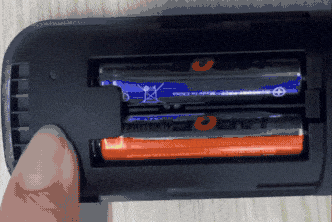
Step 3: Restart the TV.
Step 4: Wait approximately one minute for the control to connect to the TV.
Step 5: You’ll notice a pairing box appear on the screen, letting you know that the pair was successful.
Once it’s been paired, your control will show you the battery power percentage. This should stop your batteries from draining so quickly.
Need other solutions? Keep reading for more.
2. Perform a Power Drain
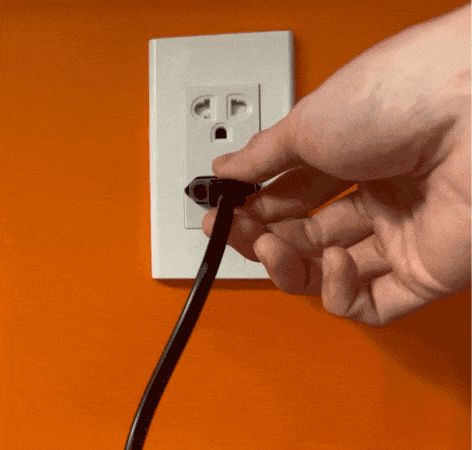
If your remote control isn’t pairing to your TV correctly and you’re still experiencing battery drainage issues, performing a power drain on your TV is a good step to try.
Here’s how to do so:
Step 1: Unplug your power cord from the wall outlet.
Step 2: Push the TV’s power button for approximately 15 seconds.
Step 3: Plug the TV back into the wall.
Step 4: Perform the steps to pair the control again.
Note: if you’re supplying your Roku with the power of the TV’s USB port, please switch to a power outlet.
3. Use the Roku Mobile App
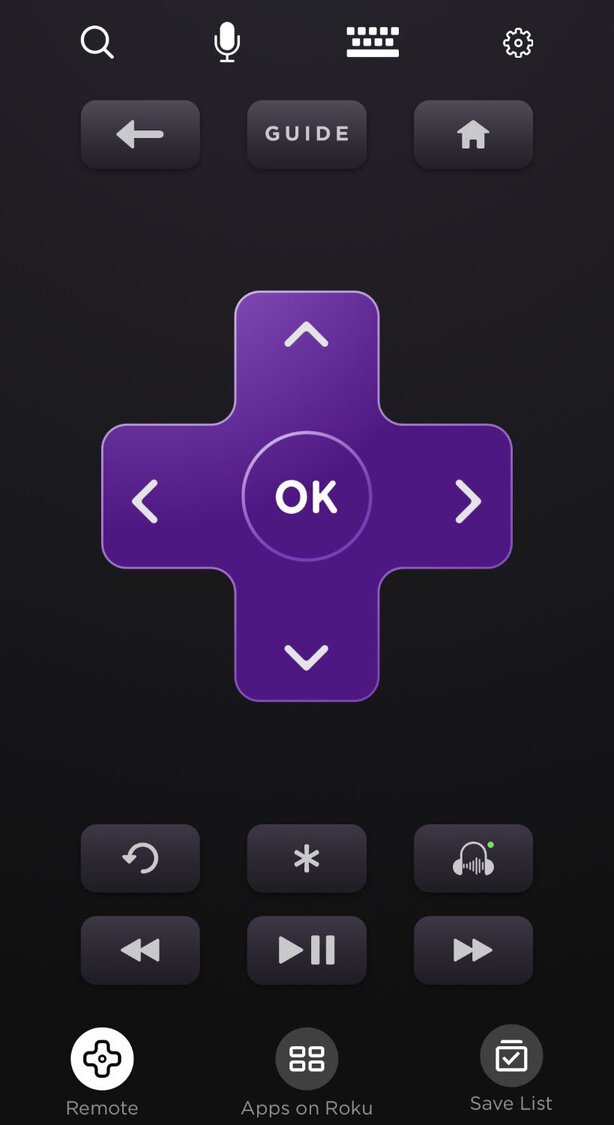
Many Roku users have discovered the solution to their battery-draining woes: the Roku Mobile app.
This remarkable app not only grants you complete control over your Roku device (with additional buttons like a keyboard), but it also eliminates the need to replace remote batteries ever again.
With your trusty smartphone always at hand, you can enjoy uninterrupted entertainment without worrying about power depletion.
To assist you further, we have already published a comprehensive article that provides detailed instructions on how to install and make the most of the Roku Mobile app.
4. Factory Reset
Many users found that a factory reset solved their drainage issue. Therefore we are going to walk you through these steps.
The following steps work on all Roku devices, from streaming sticks to Roku TVs.
Step 1: Locate your Roku remote control and press the home button.
Step 2: Navigate to Roku Settings.
Step 3: Select System.
Step 4: Next, find Advanced System Settings.
Step 5: Click on Factory Reset.

Step 6: Follow the on-screen instructions if need be.
Once you’ve factory reset your device, your control should no longer drain the batteries.
Factory Reset Using Your Hardware Reset Button
Another option for resetting your device is to use the Reset Button located on either the back or bottom of your Roku device.
There are two types of Reset Buttons on Roku’s devices, a pinhole or an actual raised button.
If you have a pinhole, use a small, thin object like a paperclip, toothpick or safety pin to reset your device. Otherwise, press and hold the Reset Button firmly for about 10 seconds.
The reset light will begin flashing once the reset is complete.
5. Update Your TVs Firmware
If you haven’t already done so, Roku released a firmware update that patched a few bugs. One patch stopped the battery drainage issue.
Roku will automatically check for updates, but if you wish to perform the update manually, here’s how to do so:
Step 1: Navigate to your Roku’s home screen.
Step 2: Find and click on Settings.
Step 3: Select System.
Step 4: Now, find and select Software Update.
If you do not see any updates available and want to find out if there are any, select the Check Now button, and your Roku will scan its servers for new updates.
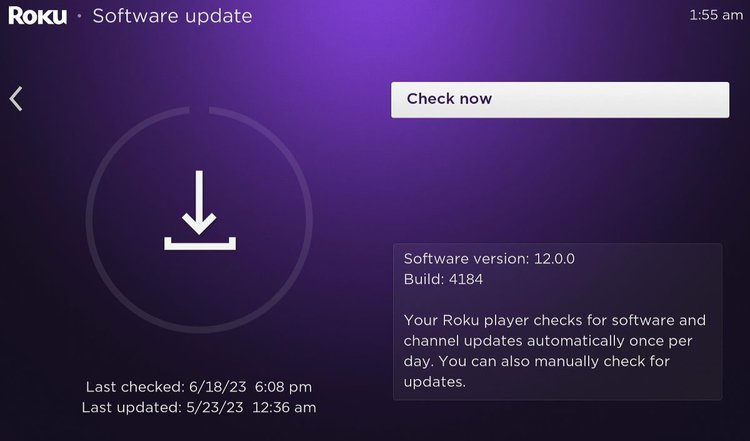
6. Check For Stuck Buttons
Sometimes buttons get stuck, and you don’t notice it until it starts to drain your batteries.
So, cleaning the control will allow your buttons to free themselves if you have a remote that’s full of grime.
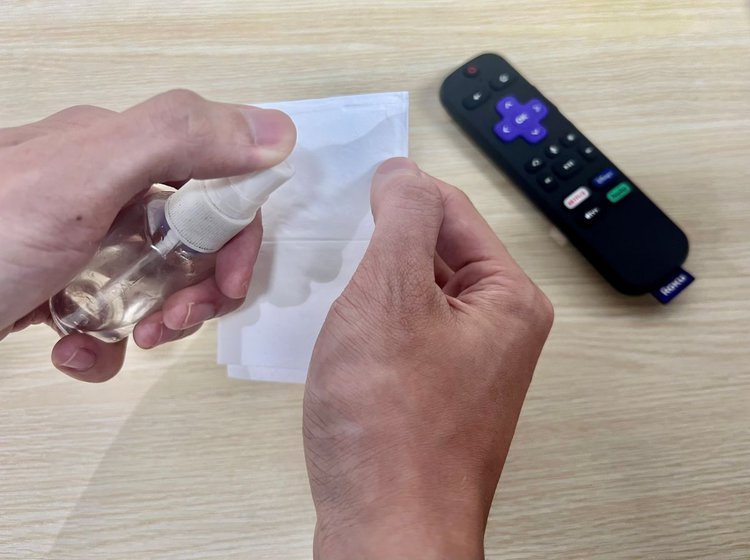
A stuck button will continually use power if it’s pressed down. Therefore it’s vital to keep your control clean whenever possible.
Use a toothpick for grime in and around each button. You can also use cleaning wipes.
However, it’s important to note that many cleaning wipes are harmful to electronics, so if you’re going to use cleaning wipes a good brand to use is MiracleWipes for Electronic Cleaning .
7. Use the Uncongested Wi-Fi Channels
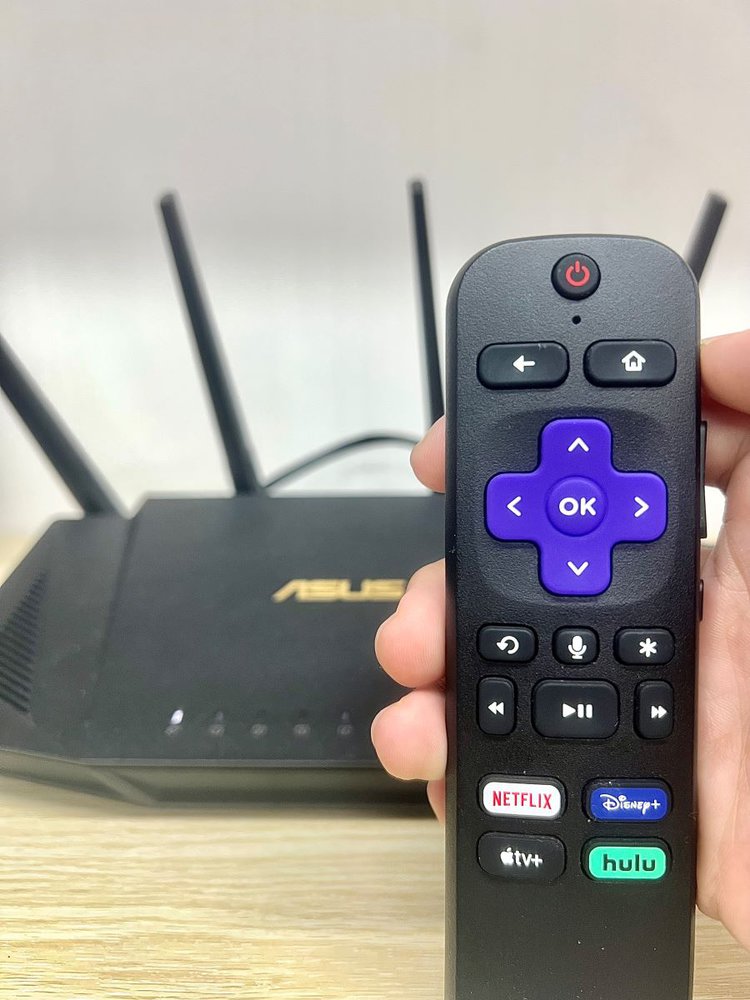
Roku remotes employ Wi-Fi Direct technology, allowing them to function as point-anywhere remotes. However, this very feature can contribute to battery drain.
If your Roku device connects to a congested router channel, the remote will constantly expend significant effort sorting through information packets from other devices utilizing the same channel. This continual activity can expedite battery depletion.
To mitigate this issue, we recommend exploring alternative channels within the 2.4 GHz band. Channels 1, 6, and 11 are particularly advantageous as they minimize overlap.
For the 5 GHz band, interference from other devices is generally reduced compared to the 2.4 GHz band. Nonetheless, we advise against utilizing channels within 50-64 and 100-144, which are designated DFS channels.
If you wish to change or check your router channel, follow our ultimate guide below.
Step 1: Log into your router’s setup or configuration page, and navigate to the Wi-Fi settings or wireless options section.
Step 2: Navigate to the 2.4 or 5 GHz settings and check which channel your band is currently using.
Step 3: Make sure to choose channels 1, 6, and 11 within the 2.4 GHz band. Avoid any DFS channels in the 50-64 and 100-144 frequency ranges in the 5 GHz band.
Note: For the 5 GHz band, if your router has a feature that automatically selects DFS channels, ensure that it is turned off or disabled.
Batteries No Longer Draining?
As you can see, your Roku might eat a lot of batteries due to a mix of issues. Sometimes, the issue is your hardware, and a simple replacement does the trick. Other times the problem is a tad more complicated.
Nevertheless, we hope you found a solution that helped fix your drainage issue and that you are living life without battery problems.
Did you find a solution we’ve never heard of? Leave it in the comments!
James Quintanilla is a technical copywriter. Although his experience allows him to write on many topics, he loves to focus on tech and travel. As a freelancer, James has worked on projects with Pointer Clicker, Lonely Planet, and the Travel Channel. When he’s not writing or planning his next adventure, he’s watching a scary movie.


